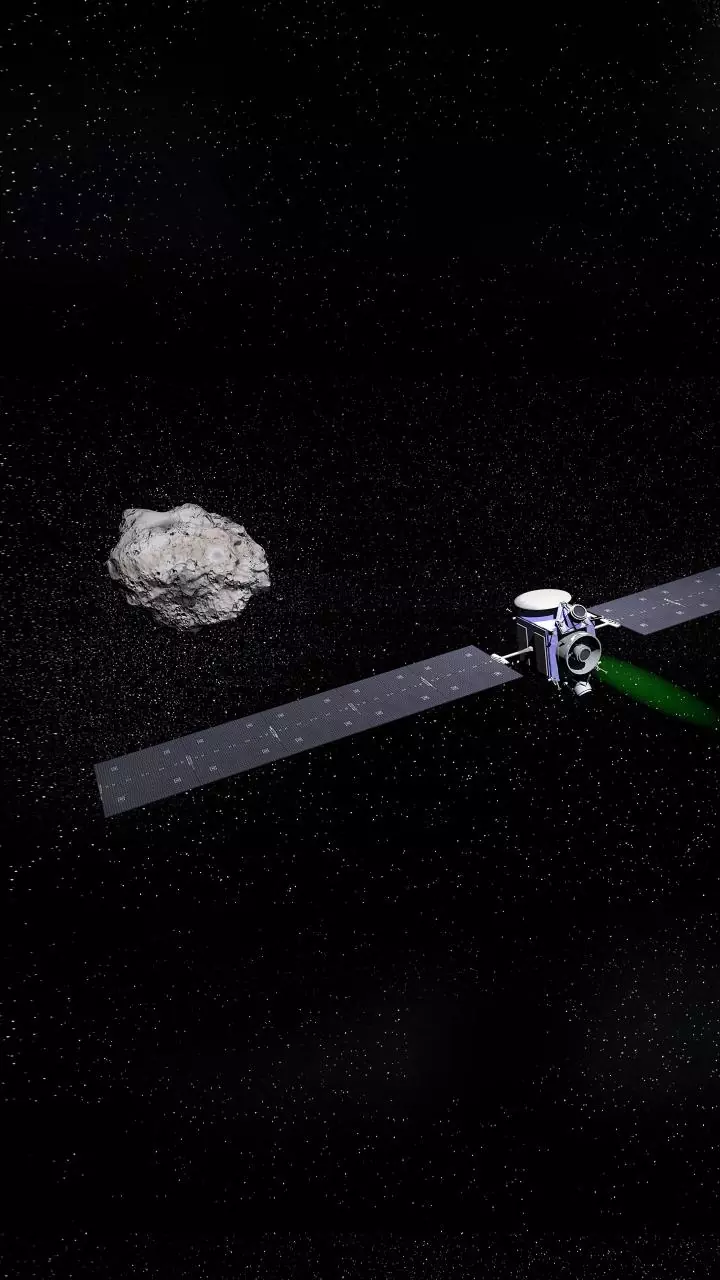Martian Ice Research
NASA's ongoing research focuses on the potential of Martian ice to preserve signs of ancient life. The study explores whether ice could act as a stable
environment to protect and maintain any biological remnants from the planet's past. The specific conditions within Martian ice, particularly in areas where water ice is abundant, are considered to be an ideal environment for preservation. Scientists believe that if life ever existed on Mars, its traces might be locked away within these ice formations. This investigation is a crucial step in understanding the planet's history and the possibility of past life. The findings could greatly influence future missions to Mars, guiding the search for definitive proof of microbial life. Understanding the preservation potential of Martian ice will also help refine the tools and techniques needed to analyze potential biological signatures that may be found.
Experiment Details
The NASA experiment involves simulating the conditions found within Martian ice to determine their impact on potential biological materials. Researchers are carefully mimicking the temperature, pressure, and chemical composition of the Martian environment in their laboratory. They test how organic molecules and possible biosignatures are affected by these icy conditions. This process helps to determine how well these signs of life could be preserved over long periods, potentially spanning billions of years. The outcomes of the tests are essential for refining the search strategies for future Mars missions, enabling scientists to target the most promising areas for exploration. The study also allows for the design of specialized equipment and methods needed to extract and analyze any evidence of past life that might be present in the ice. This research combines experimental simulations, advanced analytical techniques, and thorough geological understanding to reveal the potential of ice to safeguard past life on the planet.
Implications for Exploration
The insights gained from this research have significant implications for future Mars exploration strategies. Specifically, it can help focus efforts on regions where the preservation of ancient life is most probable. The findings can help determine which areas of the planet, particularly those with vast ice deposits, are most likely to contain biological evidence. This guides the development and deployment of rovers, landers, and other instruments. Scientists are then able to optimize the sampling protocols, which is critical for successful missions to collect and analyze Martian samples. Furthermore, this research could influence the selection of landing sites for future missions. This helps to maximize the chances of discovering and extracting samples that have the potential to reveal valuable information about whether life existed on the planet. The study significantly enhances the efficiency and effectiveness of Martian exploration efforts and increases the likelihood of finding evidence of past life.
Search for Life
The project is a part of the broader effort to determine whether life has ever existed on Mars. It is centered around the search for organic molecules and the biosignatures which would indicate past or current biological activity. The focus is to look for signs of life. The scientists search for specific chemical compounds or patterns that could only have been created by living organisms. This search includes studying the different types of carbon found on Mars, as well as the structures and molecules essential for life as we know it. Identifying these biosignatures helps confirm the presence of past life and provides a crucial context for understanding the planet's evolution. This includes analyzing the geological context of the found samples, such as the age and environment of the ice where they're found. The information collected from this research helps to develop better tools and processes for studying materials that could offer insights into Mars's biological past.
Future Research
Future research on the preservation of potential ancient life in Martian ice is crucial to advance our understanding of Mars. It includes further experimentation under a variety of conditions that precisely replicate the Martian environment. This includes studies into the types of organic molecules that could be preserved within the ice. The scientists are researching whether the radiation exposure and other environmental factors affect the survival of biosignatures in the ice. They are also planning to collaborate with geological and robotic experts to develop improved tools and methods for sampling and analyzing Martian ice. These collaborations will improve the methods of exploration for possible evidence of life and enhance our knowledge of the processes that govern the preservation of biological materials in extreme environments. This concentrated effort will improve the chance of discovering and analyzing evidence of life on Mars.














